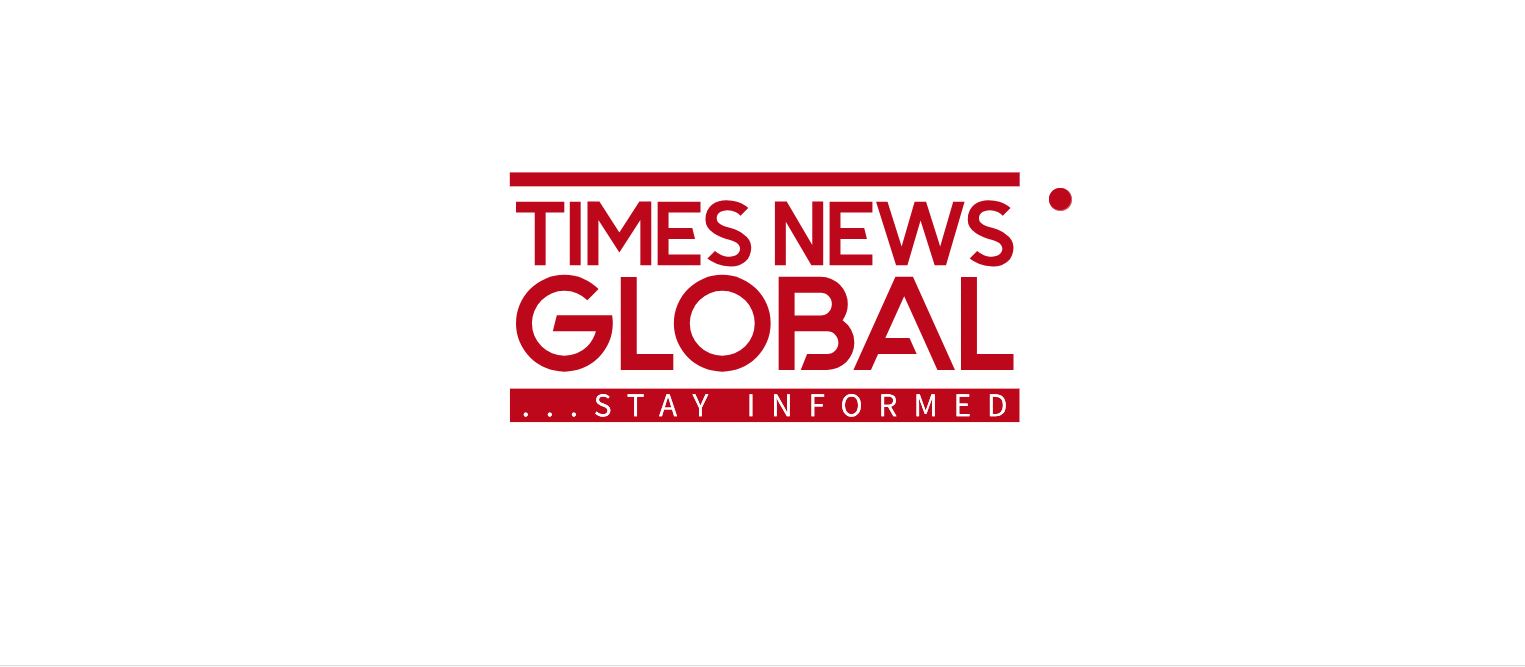Sports
USA Hockey Sees Positive Growth in Player Memberships for 2023-24 Season

USA Hockey has reported a 1.5% increase in player memberships for the 2023-24 season compared to the previous year, showing positive growth trends. Although not yet back to pre-pandemic levels, this rise is a promising sign for hockey participation.
During the season, USA Hockey registered a total of 564,468 player members, marking an addition of 8,262 members from the preceding season. The numbers are slightly below the peak before the pandemic but indicate potential for further growth in the upcoming season.
The youth segment showed particularly encouraging figures, reaching an all-time high with 389,820 player memberships in 2023-24, surpassing the previous season’s numbers. This uptrend is a positive indicator for the future of hockey.
States like Florida recorded notable growth in hockey players, with an 8.4% increase, while Michigan saw the addition of 2,966 new players, showcasing varying regional dynamics in membership growth.
Interestingly, despite the success of the Vegas Golden Knights, Nevada only experienced a modest 116-member increase, possibly indicating constraints in ice rink availability hampering further growth.
Adult hockey showed the highest growth rate, with positive trends also observed in age categories from nine to 18 years old. Additionally, female hockey memberships are on the rise, outpacing the overall membership increase.
Following the Seattle Kraken‘s playoff appearance, Washington State saw a rise in player memberships, with 406 new members added this season. However, challenges remain, especially in attracting younger age groups to the sport.
States like Washington have observed growing participation in non-sanctioned leagues and development programs from regions like BC, hinting at evolving trends in hockey development beyond traditional channels.
Despite the positive growth, areas like limited ice time availability and competition from established hockey associations pose ongoing challenges to sustaining and expanding player memberships in various regions.












